850 attacks on Christian churches in France since Notre Dame went up in smoke in 2019
There have been more than 850 attacks on Christian churches in France. Ahead of the Notre Dame church reopening, take a look at why.
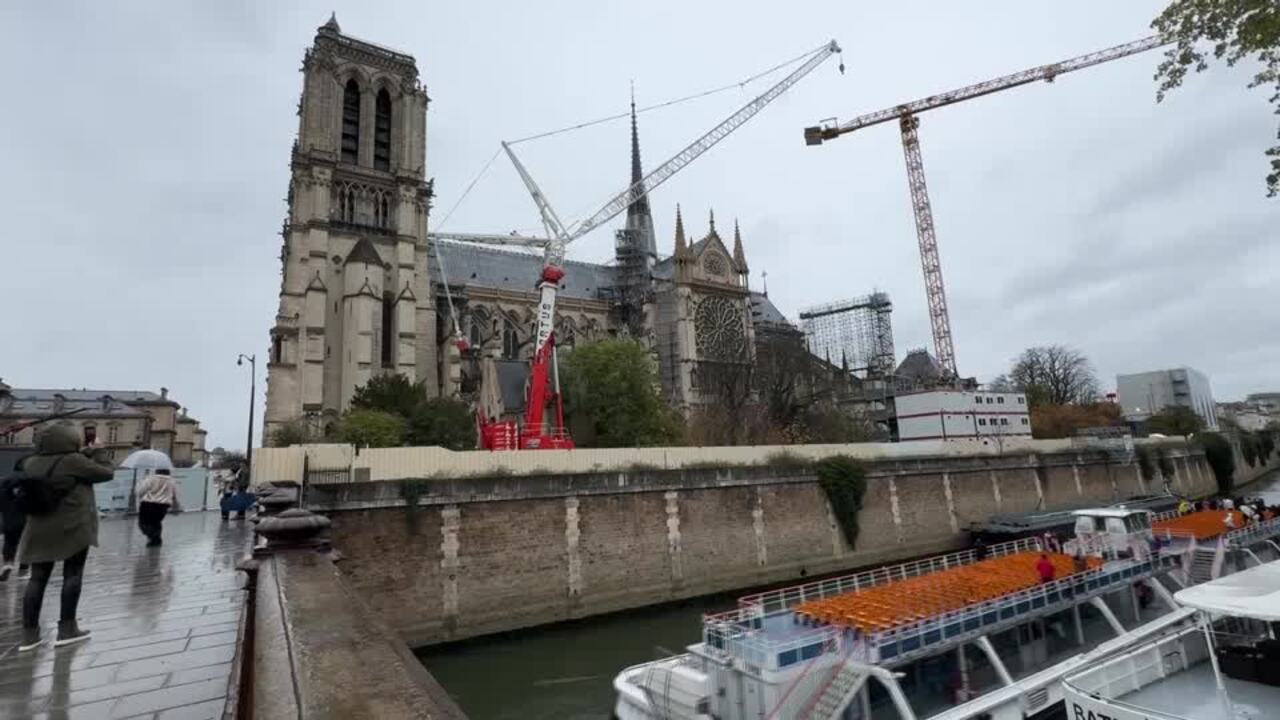
World
Don't miss out on the headlines from World. Followed categories will be added to My News.
First, it was an electrical fault. Then maybe a smouldering cigarette butt. Eventually, investigators declared they may never know how France’s Cathedral de Notre Dame came to spontaneously combust.
With the iconic church set to be resurrected five years after the devastating blaze in 2019, the only certainty about the inferno – determined almost immediately and maintained as gospel ever since – is that it was not arson.
Suggesting otherwise was quickly dismissed as a conspiracy theory; and there was no shortage of baseless speculation, fake videos, and hoax reports of a 9/11-style terrorist attack in the immediate aftermath. All were easily debunked.
Human nature abhors a vacuum, and in the absence of definitive answers, speculation has deepened as thousands of churches have been desecrated around the world in the years since.
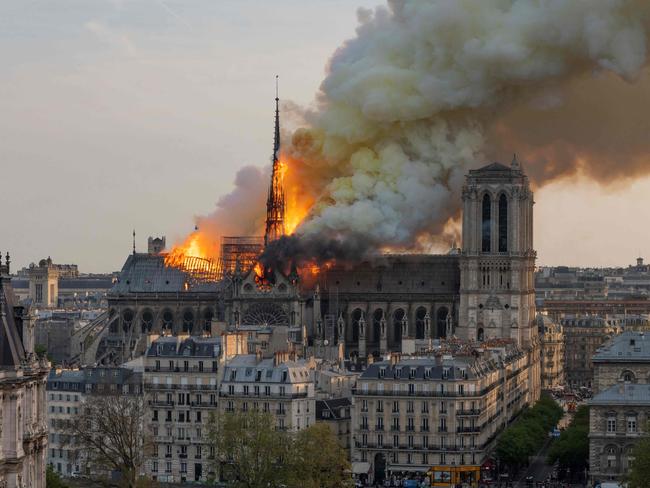
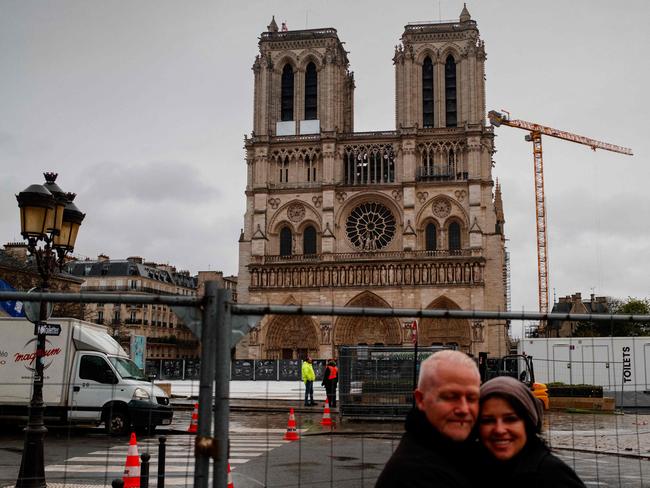
The epicentre remains France where there have been 850 attacks – arson, vandalism, theft, assault, kidnapping, and murder – on or at Christian churches since 2021, according to Rupert Shortt, research associate at Cambridge University’s Von Hugel Institute and author of the newly-released book, The Eclipse of Christianity: And Why it Matters.
Mr Shortt, one of the leading experts on church attacks, said there were an average of two per day in France, but that no one wanted to address the “enormous elephant in the room” of Christian persecution at the hands of hard line Islamists.
“It’s frightfully fashionable to be a persecuted something else, it is not fashionable to be a persecuted Christian,” Mr Shortt told this newspaper, adding that Christianity is not just the world’s most persecuted faith, it’s more persecuted than all other faiths combined.
“Even though there are all these deliberate attacks on churches in France, I’m perfectly prepared to accept that [Notre Dame] was not a case of arson,” Mr Shortt said. “But I do think it’s perfectly reasonable to say this comes against the backdrop of many, many deliberate attacks on churches in France.”
There’s no single database that tracks attacks on churches around the world. But the Observatory on Intolerance and Discrimination Against Christians, based in Vienna, documented 2444 anti-Christian hate crimes in 35 European countries in its most recent figures for 2023. Most were on holy sites like churches and cemeteries, but 232 were personal attacks on Christians. France and the United Kingdom were most affected. Anti-Christian hate crimes doubled in Germany in a year.
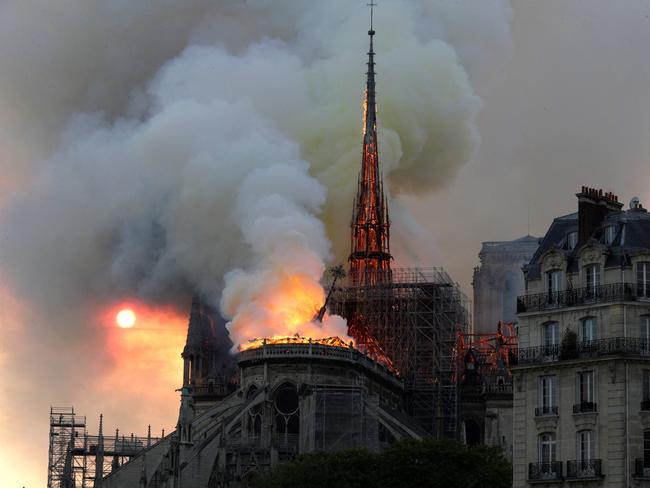
Arson accounted for about 10 per cent of the attacks, or about 244 European churches burning in a 12-month period. The most common form of attack was vandalism at 62 per cent. Threats, physical violence and homicide came in at 17 per cent while “other” made up the final 11 per cent.
The French Ministry of the Interior reported that attacks on Christian sites began quadrupling between 2008 and 2019 – the year Notre Dame Cathedral went up in flames. Among those were a foiled 2016 Islamic State plot to blow up Notre Dame, and a 2017 hammer attack outside the cathedral where the perpetrator shouted “c’est pour la Syrie”, or “This is for Syria”.
In 2015, the horrors of ISIS and the Syrian Civil War saw one of the largest human migrations since World War II as a surge of refugees fled the Middle East to the relative safety of Europe and North America. They settled in places like France, Canada, the UK, Germany, Norway and Sweden.
“France has Europe’s largest Muslim population, and it’s less well integrated,” Mr Shortt said, adding that the country’s toxic colonial legacy in Algeria has intensified feelings of resentment.
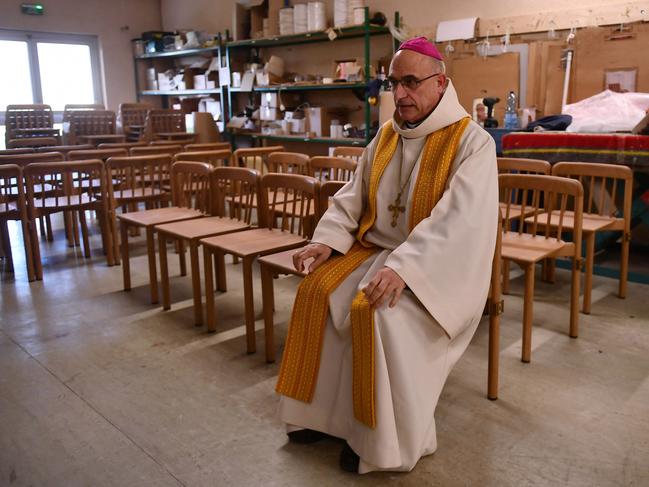
The attacks continue, with a different Notre Dame, the Notre Dame du Travail in Southern Paris, narrowly escaping the fate of its more famous namesake in July. Graffiti inside and outside the late 1800s church called for its destruction and the beheading of Christians, declaring: “Submit to Allah” and “Bastard Jesus, only one god, Allah”.
A day later, a fire started next to the church but it was discovered and extinguished before it could engulf the holy site. It was a rapid response that was lacking from the 2019 Notre Dame Cathedral fire, as images of its destruction went viral around the world while firefighters were stuck in traffic.
Last month, hundreds of candle-carrying Christians made a pilgrimage through Paris to escort “Stabat Mater”, or the “Standing Virgin” back to the Notre Dame Cathedral. The medieval statue of the Virgin Mary and Child miraculously survived the fire, and her return to the restored monument stood as a testament to French resilience.
While the cathedral’s reopening will be marked by a grand ceremony on Saturday, December 7, the investigation into its near destruction will draw to a close with little fanfare and less understanding.
“Every avenue, including the hypothesis of a human role in the origin of this fire (has been) explored since the beginning of the investigation,” said Paris’ chief prosecutor Laure Beccuau. “But the truth is that the closer we have got to the spot the fire started, and the more results of analyses come back, the more weight is lent to the theory of an accident.”
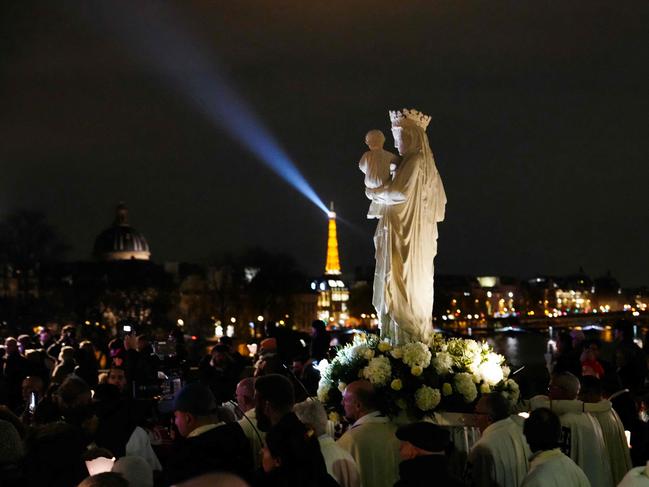
The former Paris chief prosecutor in charge of the initial investigation, Remy Heitz, ruled out arson on April 16, 2019 – just a day after the fire started and as the ashes were still smoking.
Investigators had yet to fully immerse themselves into what Mr Heitz said would be a “long and complex” process, yet he immediately said there was “no evidence” of arson and that it was “probably an accident”.
Several theories were put forward, like exposed wiring in the cathedral spire to control the bells, which were heard ringing as the fire began. Seven cigarette butts were found in the building despite it having a smoking ban. There was also a confusing fire alarm system and a lack of a proper fire safety plan, or automatic fire sprinklers in the attic.
The investigation was rebooted in 2023 with magistrates calling for new expert reports on the cathedral debris and the building’s technical infrastructure. Ms Beccuau said those were completed in April, but that the experts have been asked to summarise and cross-reference their “extremely technical” findings “to see if it is possible to determine a potential cause for the fire”.
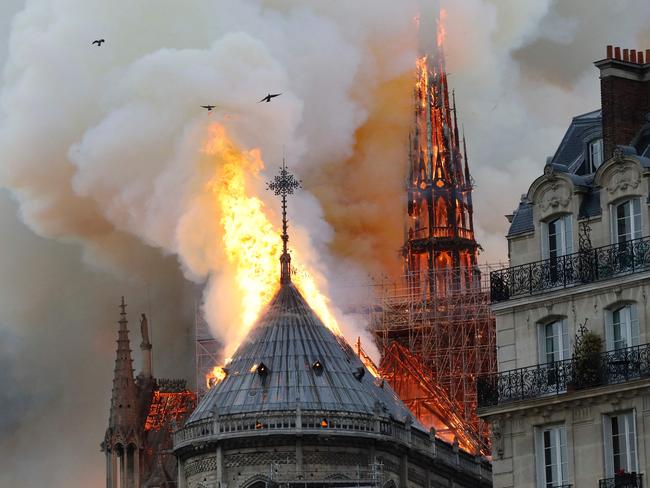
There has now been a new order for “a 3D simulation be created of the start of the fire using the images taken at the time” to compare different theories.
Across the rest of France, meanwhile, arson attacks on churches have been on the rise with eight confirmed cases in 2023 and 14 in the first 10 months of 2024, according to The French Religious Heritage Observatory.
Whether the fire at the Cathedral de Notre Dame was a deliberate attack or an “act of God”, as Mr Shortt believes, it wasn’t the first, nor will it be the last, Christian holy sight to go up in flames. Based on France’s history, it may not even be the last time the Cathedral de Notre Dame lights up the Paris skyline with smoke and sacrilege.
Originally published as 850 attacks on Christian churches in France since Notre Dame went up in smoke in 2019





